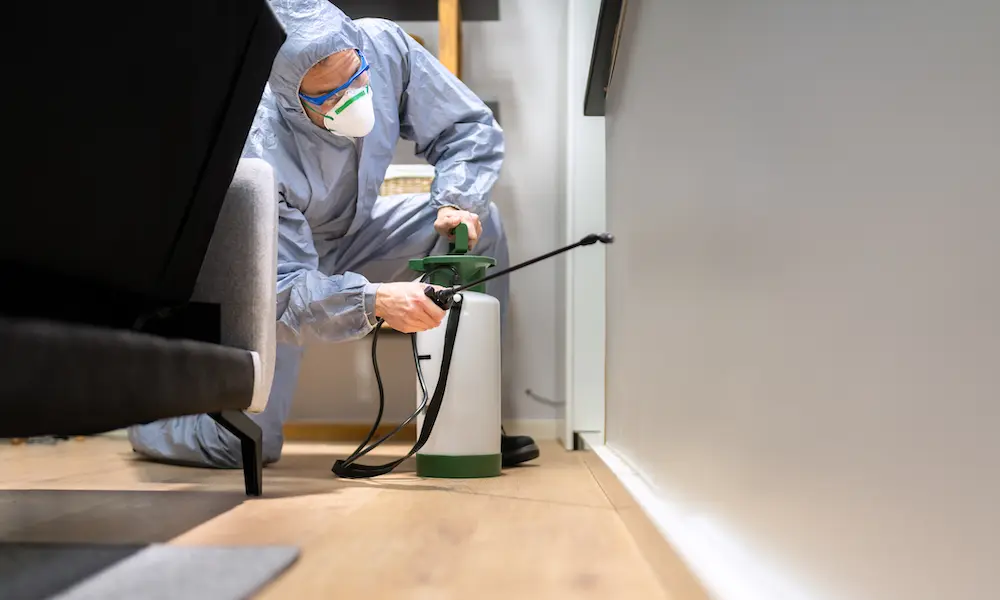
Protecting Palms: Identifying and Managing Weevil Infestations
Palms are prized in many landscapes for their elegance and tropical feel, yet they are vulnerable to several species of destructive weevils. When these pests invade, they can cause serious internal damage before visible symptoms arise. To defend your palms effectively, it’s crucial to understand weevil behavior, recognize warning signs, and choose the right control methods.
Weevils attacking palms are often recognized by their stout bodies, prominent snouts, and capacity to bore into plant tissue. Some species use pheromones to attract mates and congregate on weakened or wounded palms. Females deposit eggs in crevices at leaf bases or along trunks, and once the larval stage begins, the pests tunnel internally—consuming critical fibers and hollowing out the core of the tree.
Damage usually remains undetected until it’s advanced. The first outward clues may include dull or wilting new fronds, malformed growth, or discoloration in leaves. You might also observe small holes or depressions in the trunk with frass (wood shavings) or a noticeable fermented odor emanating from the crown. Because internal decay often precedes external symptoms, early detection is essential to saving the tree.
Treatment must be targeted and timely. Systemic insecticides applied as trunk injections or soil drenches are especially effective, as they move through vascular tissues to reach larvae feeding deep inside. In some cases, localized spraying around entry wounds or on the crown surface helps manage adult weevils. Preventive treatment is more likely to succeed than attempting cures after the infestation becomes severe.
In landscapes where palms are valuable or infestations span multiple trees, it makes sense to seek professional assistance. A Pearland pest control company experienced in arboricultural pest management can evaluate infestation levels, choose suitable treatments, and monitor long-term recovery. Their knowledge helps safeguard adjacent vegetation and ensures treatments are applied responsibly and efficiently.
Ongoing care also plays a major role in defense. Keeping palms strong—through balanced irrigation, soil nutrition, and avoiding mechanical injuries to the trunk—reduces their susceptibility. Clearing away dead fronds, avoiding mulch buildup at the base, and trimming damaged tissue promptly help eliminate potential pest harborage sites. Seasonal inspections, especially during warm months when weevil activity peaks, improve your chances of catching trouble early.
If you begin to notice signs of weevil attack or recurring issues in your palm collection, consulting a Houston pest control company specializing in pest control for trees can provide crucial support. Professionals can conduct regular monitoring, fine-tune treatment timing, and intervene before infestations grow out of hand.
Through a combination of vigilance, proper tree care, and well-timed, informed interventions, palm trees can be protected against the hidden ravages of weevils—helping them remain strong, healthy, and visually striking for years to come.

